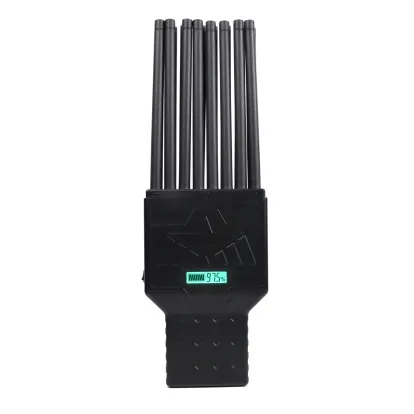In a world where technology is constantly evolving, apprehensions about privacy violations through concealed listening devices have become increasingly prevalent. People are now seeking ways to safeguard their personal spaces from covert surveillance. This comprehensive guide explores the various techniques and software that utilize the capabilities of iPhones to detect hidden listening devices, providing users with the tools to protect their conversations and maintain the privacy of their surroundings.
Hidden listening devices, also known as bugs or wiretaps, are specifically engineered to clandestinely capture audio from conversations without the knowledge or consent of the individuals being monitored. These devices can be discreetly installed in diverse environments, including homes, workplaces, and public areas, thereby posing a substantial threat to personal privacy. The ability to detect and locate these concealed devices is paramount in order to maintain confidentiality and prevent unauthorized surveillance.

The widespread adoption of smartphones, particularly the iPhone, has unlocked a plethora of possibilities in the realm of uncovering concealed listening devices. Equipped with a multitude of apps and functionalities, iPhones can be harnessed as formidable instruments in identifying potential eavesdropping mechanisms. Presented herewith is a comprehensive guide on leveraging the capabilities of your iPhone for this very purpose.
The iPhone's camera can serve as a highly advantageous tool for conducting physical inspections. Utilize the camera to closely scrutinize objects and areas that may harbor concealed devices. Pay careful attention to any atypical wires, openings, or irregularities that could potentially signify the presence of a listening device. Additionally, the iPhone's flashlight can be employed to examine reflections that may inadvertently expose the lens of a Hidden Camera Detectors.
There are dedicated apps available that are specifically designed to detect eavesdropping devices by analyzing the sounds in the surrounding environment. These apps utilize the microphone on an iPhone to capture any atypical noises or frequencies that could potentially suggest the presence of a concealed listening device. Notable examples of such apps include "Wiretap and Spy Removal" and "Hidden Device Detector."
Conduct frequent sweeps of your living or working spaces employing the iPhone detection methods mentioned earlier. By consistently checking for hidden listening devices, you can dissuade individuals from trying to install them, as they know there is a chance of being discovered.
The implementation of physical security measures, including access control, plays a vital role in minimizing the risk of hidden listening devices. By carefully restricting access to sensitive areas and closely monitoring the individuals who gain entry to these spaces, potential threats can be significantly reduced.